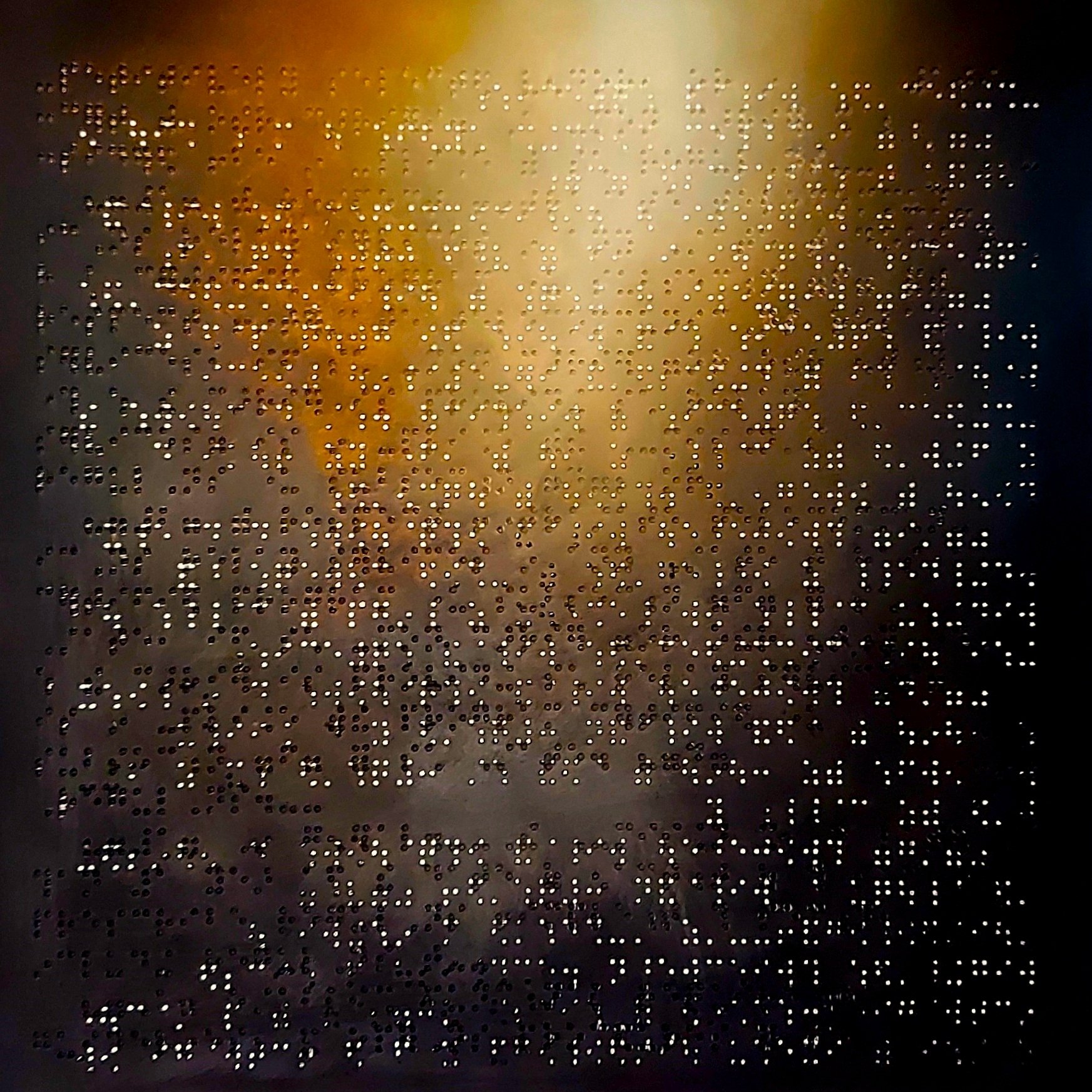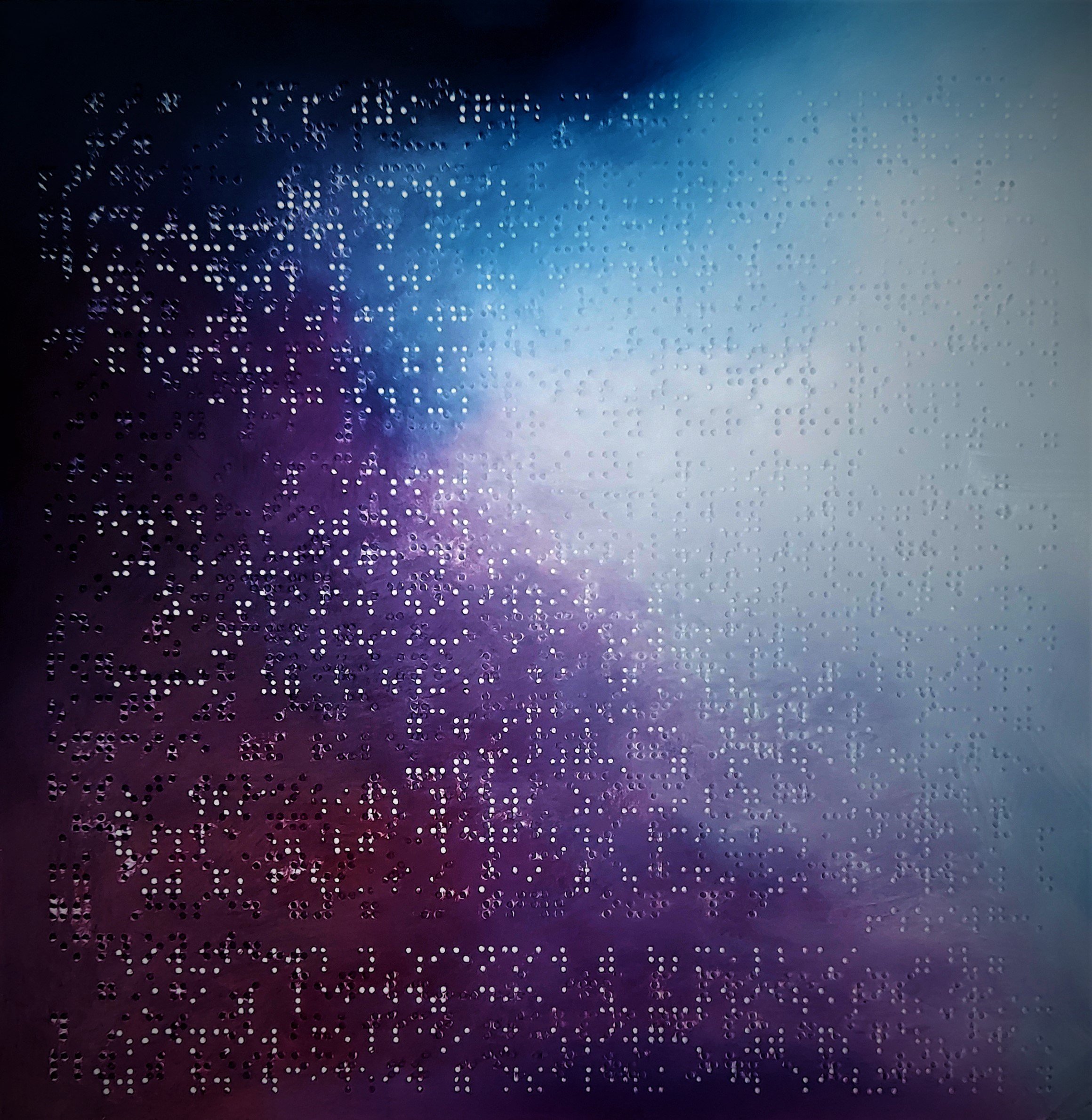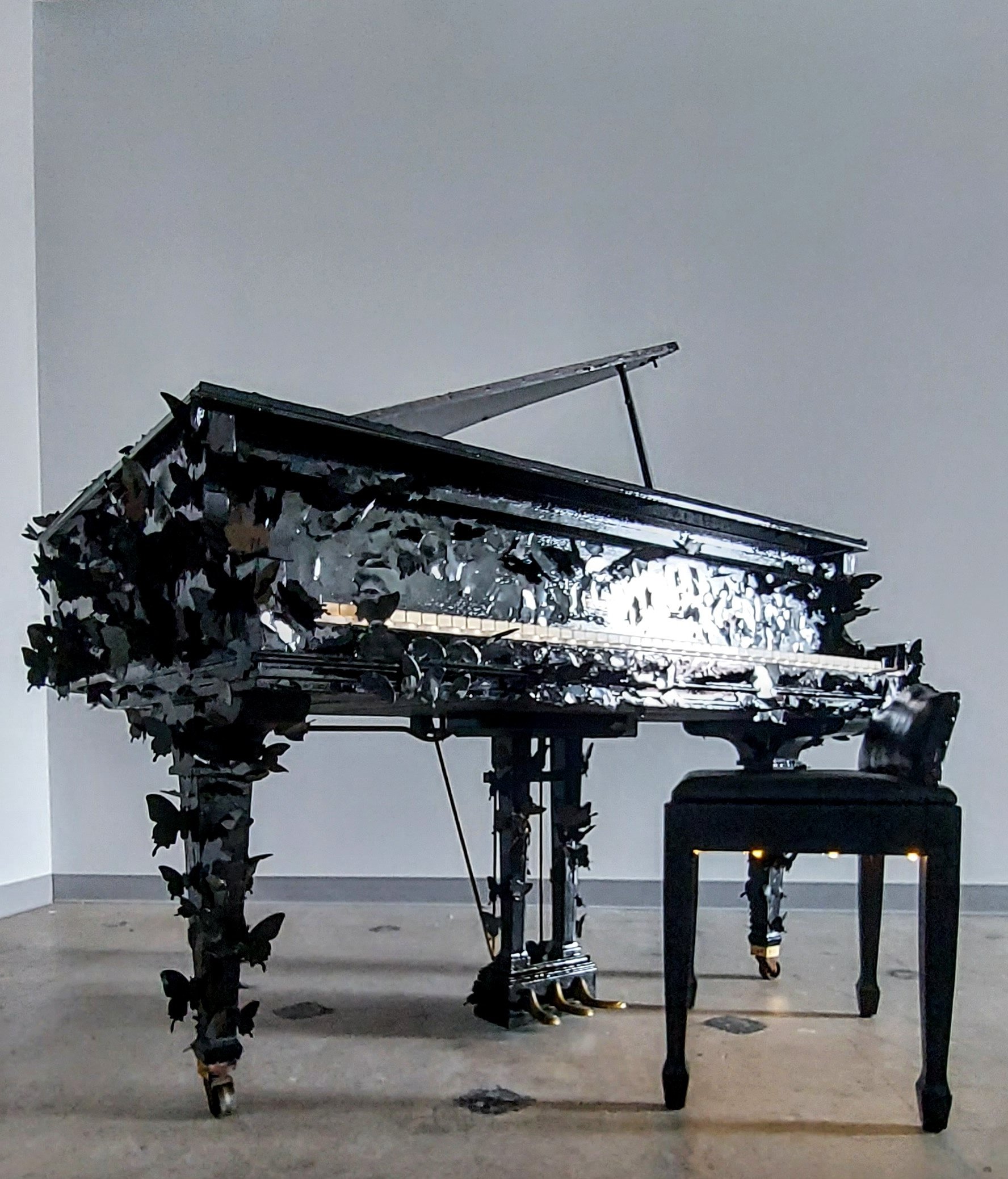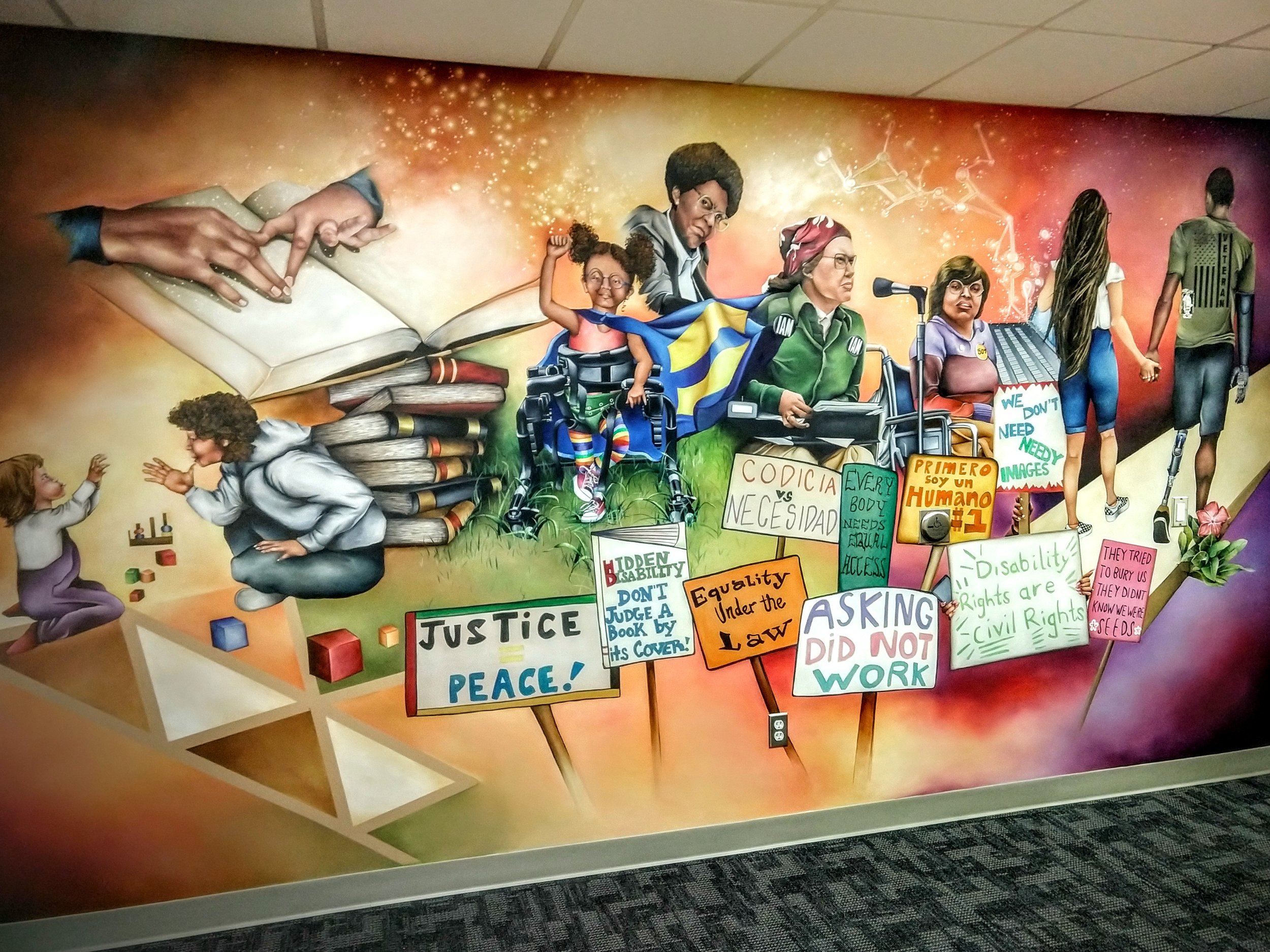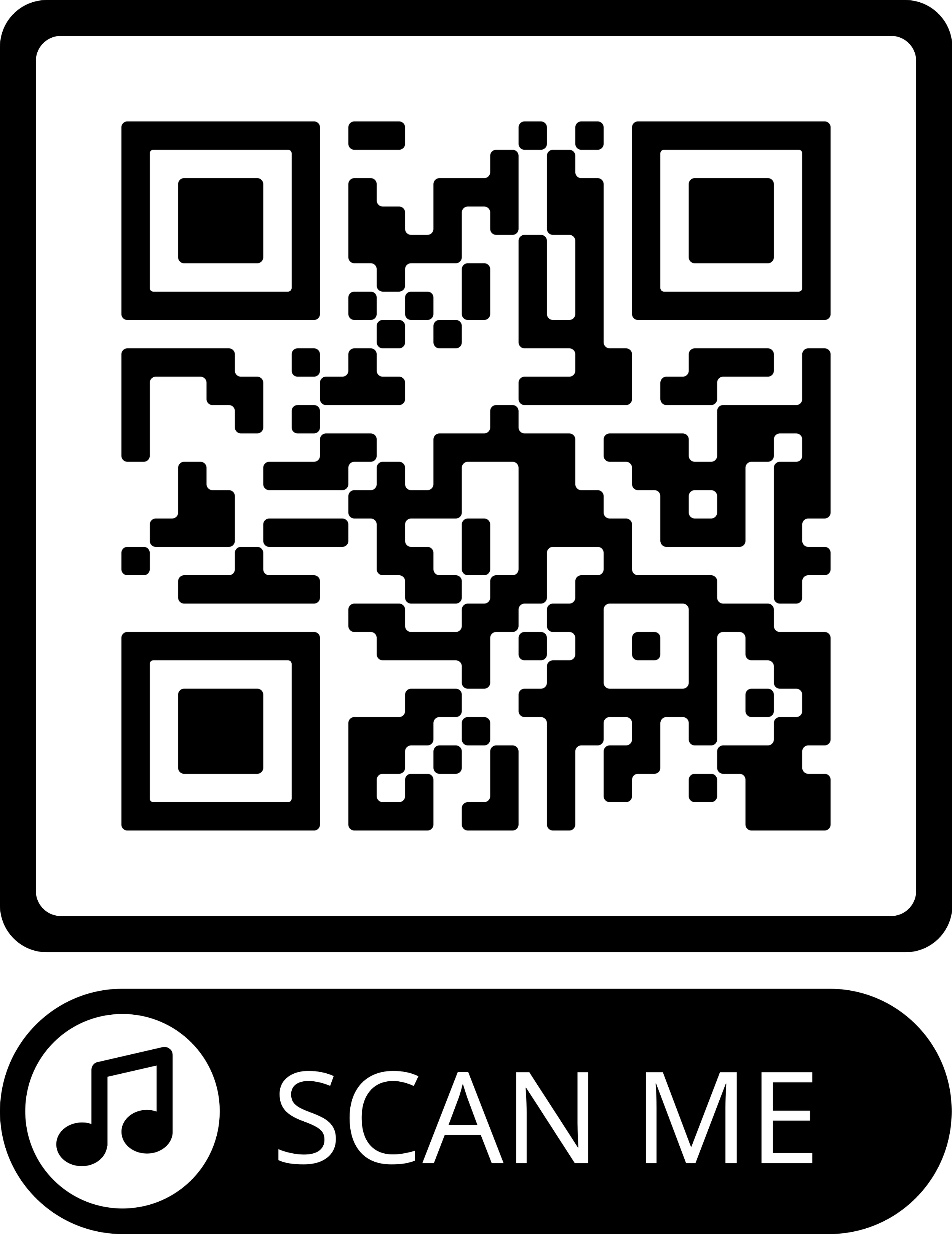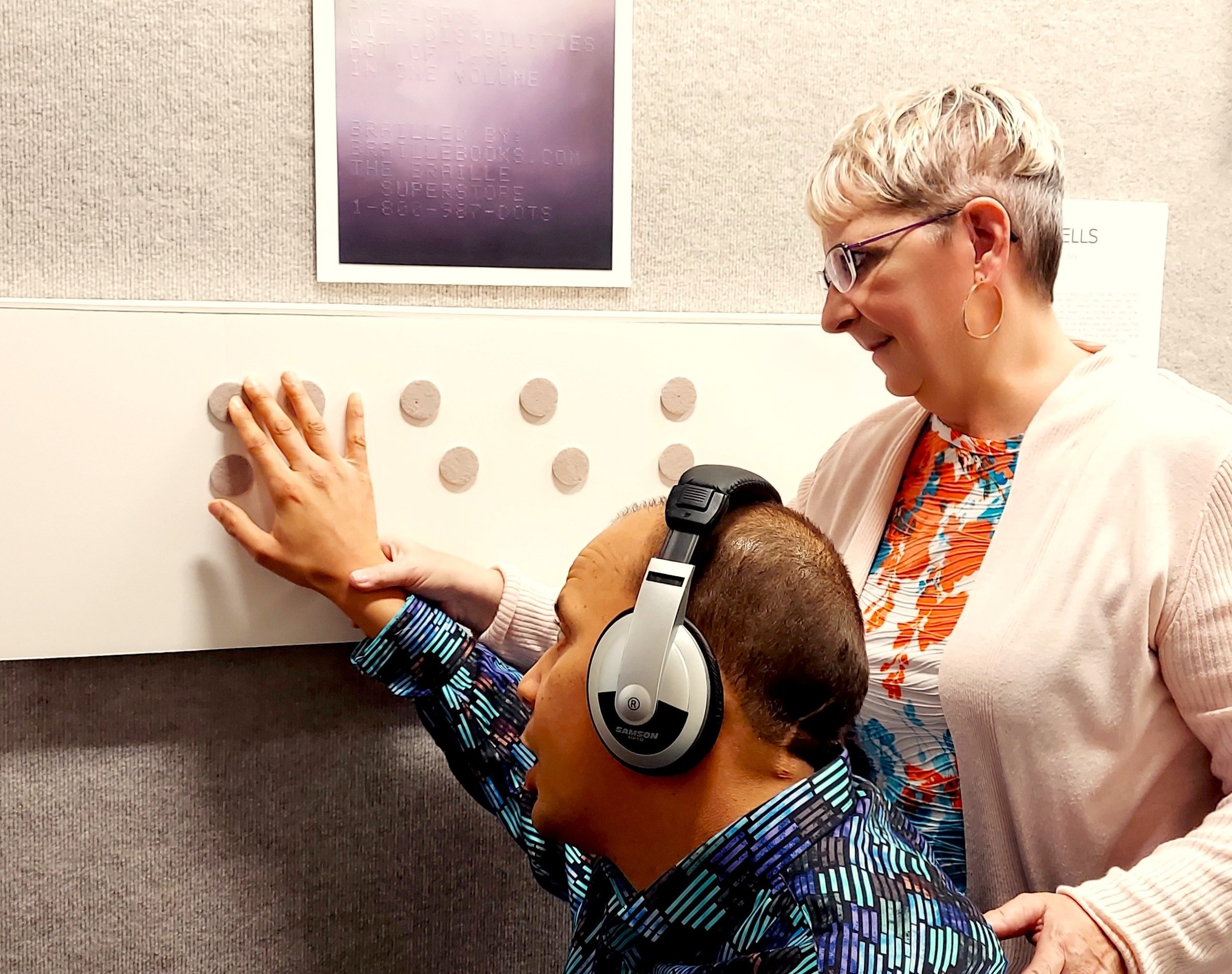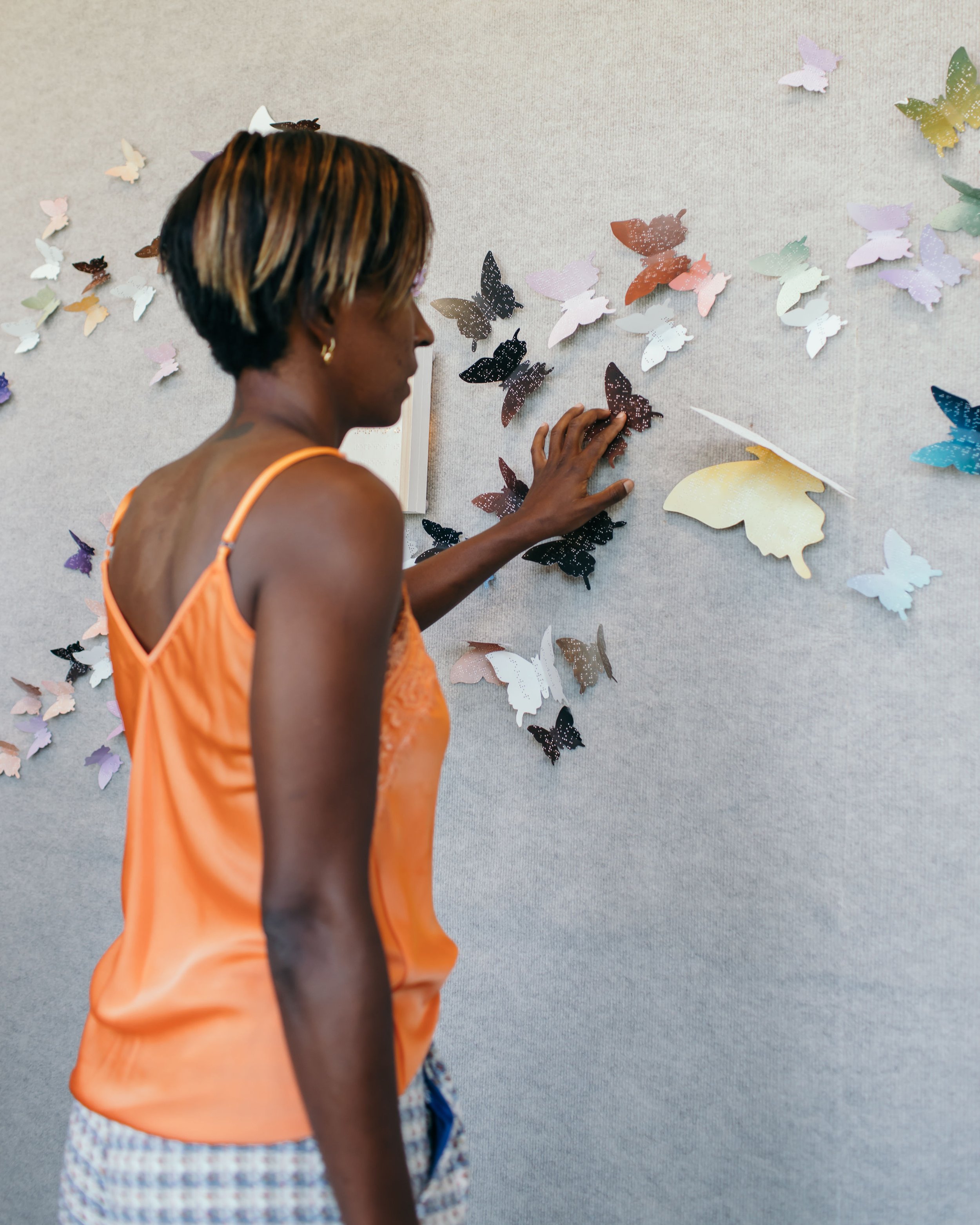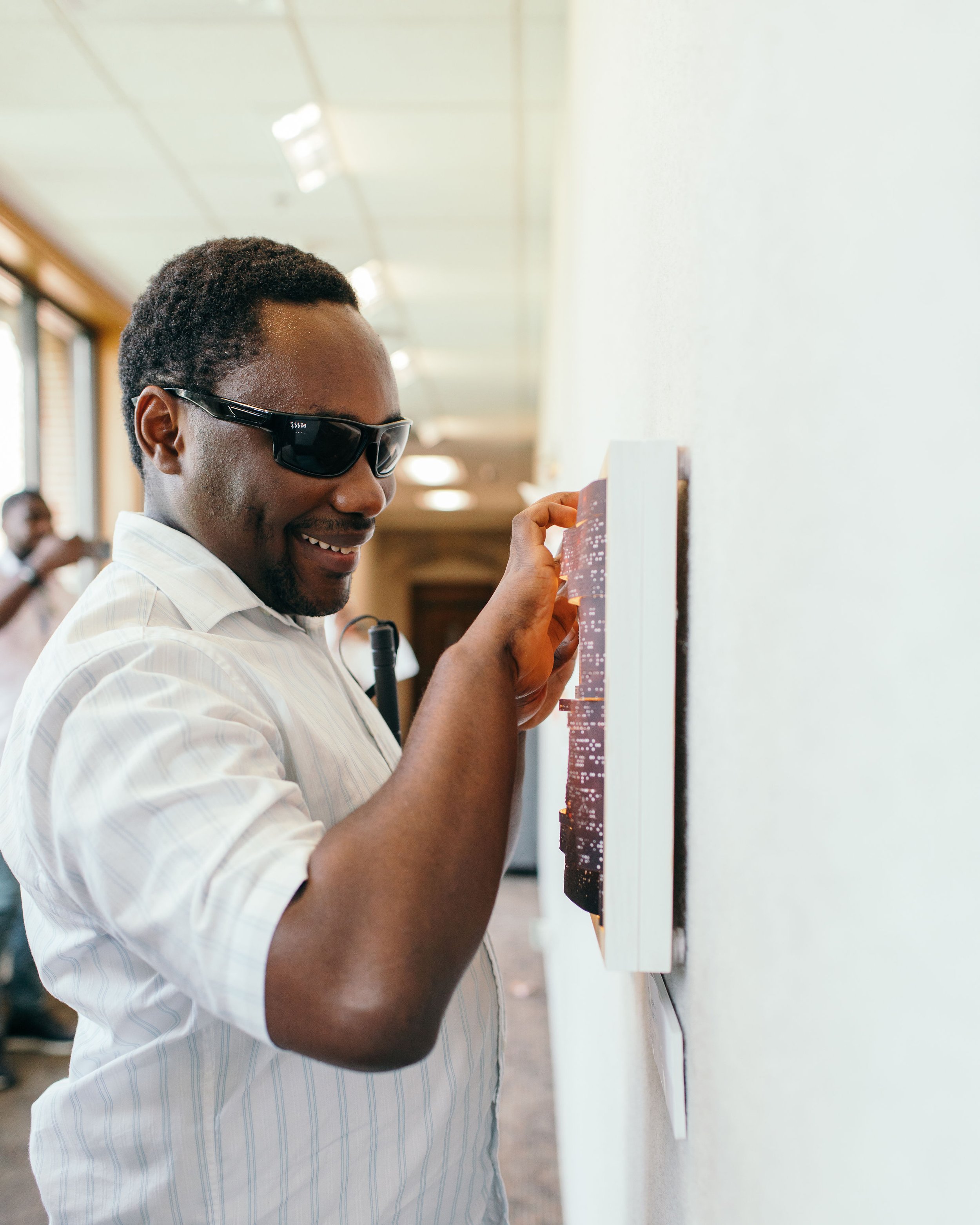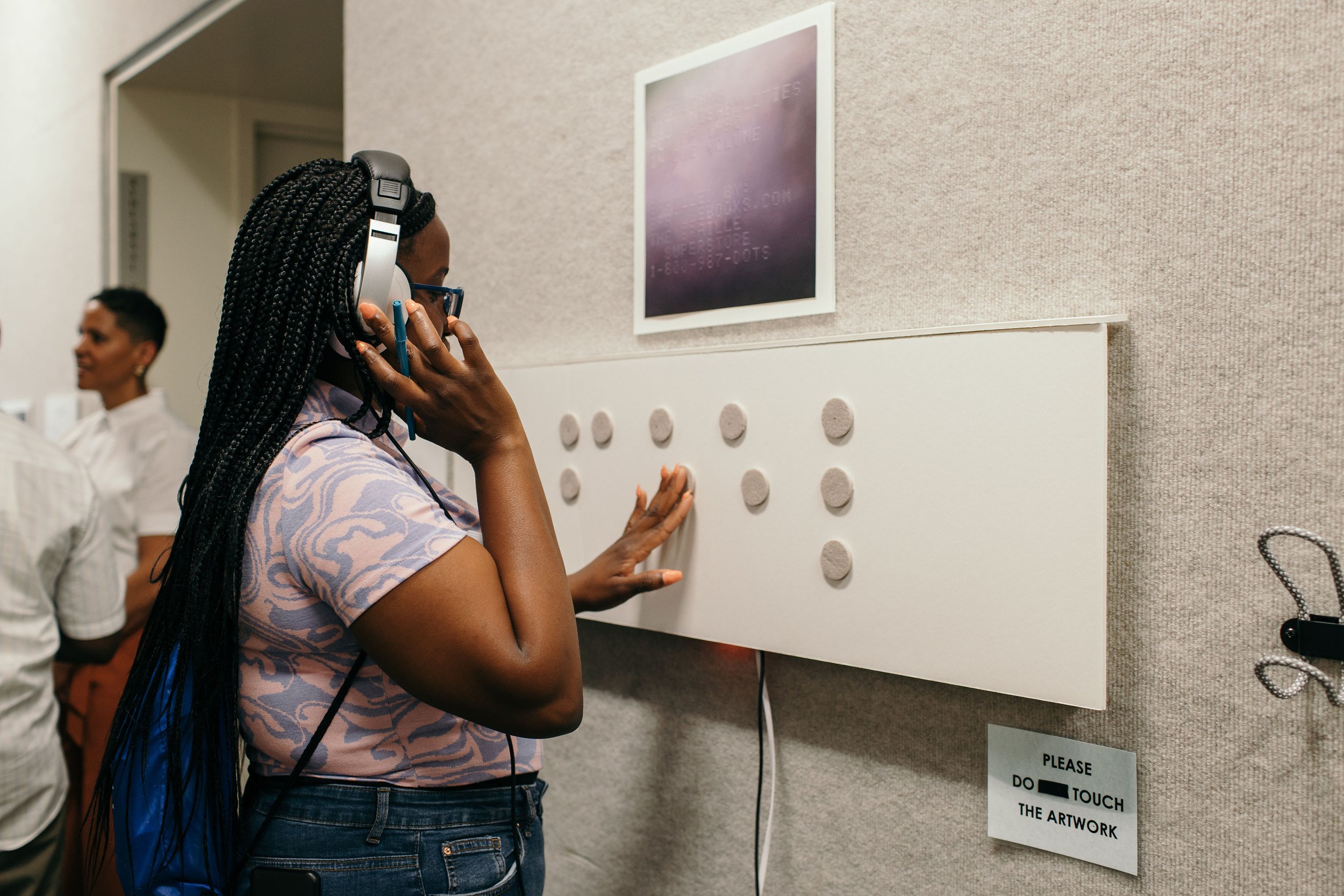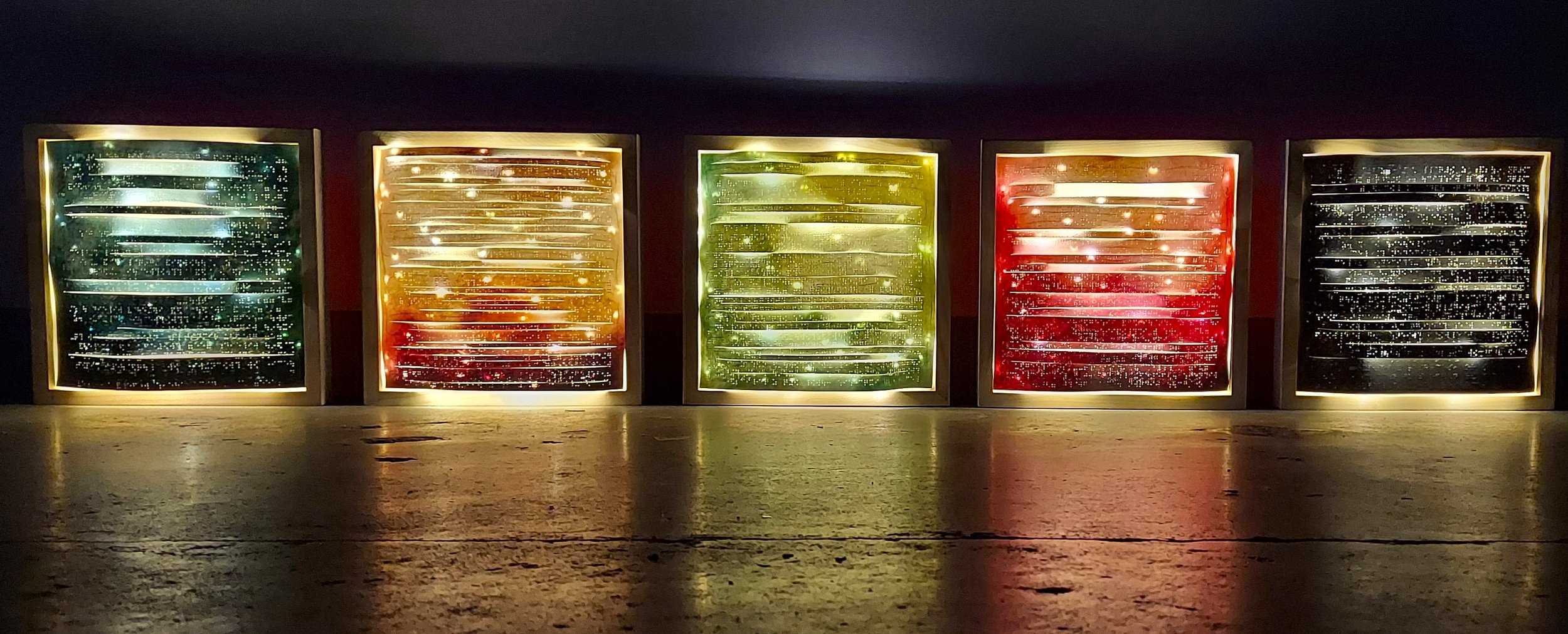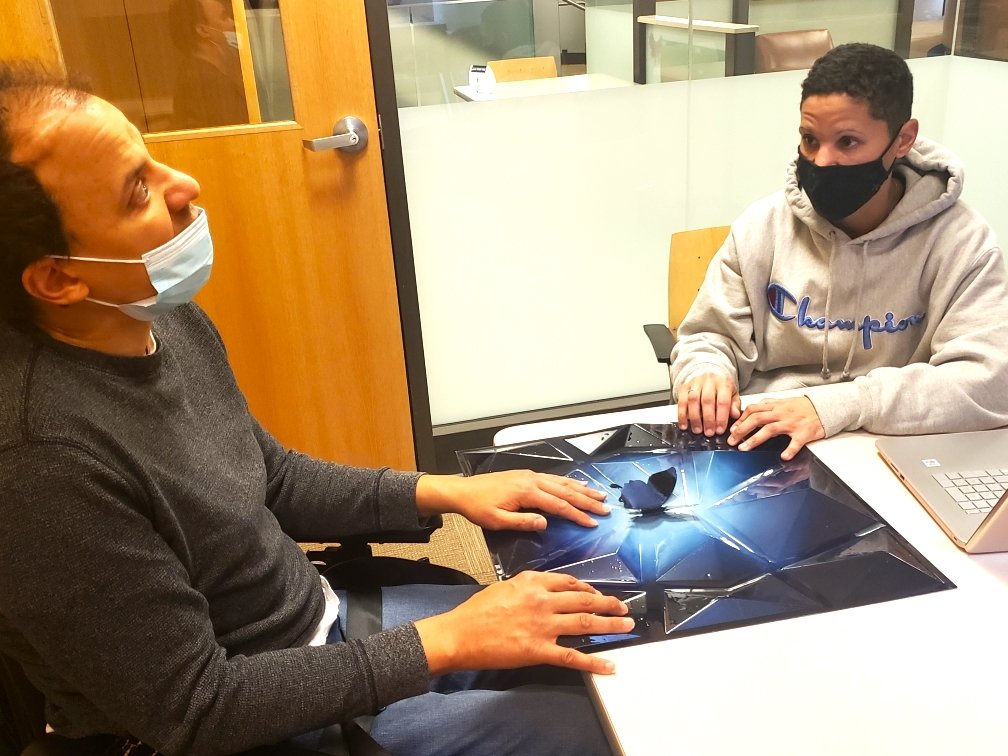What I Learned From a Power Lift Recliner and a Paintbrush
There it was! Front and center. Dressed in soft, mahogany leather and glorious padding. It was outfitted with a heated seat, remote control, and four choices for massage, including the back, lumbar, thighs, and legs. The X17-3252 Power Lift Recliner, with low decibel noise and elastic lined side pockets for newspapers, magazines, and other whatnots. My Grandfather didn’t tell me he was getting a new chair. Immediate thought… you HAVE to try it out! Preceding thought…why is he just now replacing his hideous old Martin Crane Frasier chair with this Ferrari of a recliner? Why doesn’t everyone own one of these? But…why doesn’t everyone own one of these?
Right now, you may be thinking, what does this chair story have to do with art? The answer… EVERYTHING. When is the last time you used a typewriter or keyboard? Or an electric toothbrush? When is the last time you used speech-to-text or voice recognition? How about curb cuts or bendy straws? All these designs were created for individuals living with disabilities. In a time when the evolution of assistive technology is being integrated into the fabric of our everyday lives, the potential for unintended consequences, both positive and negative, are everywhere. John Maeda, the Chief Technology Officer of Everbridge, once said; “Design is a solution to a problem; art is a question to a problem.” Countless artists/creators throughout history have used their art to ask the observer questions, present problems, and then again ask more questions, prompting the audience to think critically. And in that critical thinking, we push ourselves past points of complacency, past the status quo, to the point of new ideas. New solutions.
In 1997, my brother suffered from a massive brain hemorrhage caused by a ruptured arteriovenous malformation (AVM). An AVM is an abnormal tangle of blood vessels connecting arteries and veins, disrupting normal blood flow. One impact that this had on my brother was the loss of his eyesight. Growing up, his artwork always made me say, “WOW!” I aspired to be as skilled as he was. Many years into his recovery, we sat down around Christmas time to paint together…we both found ourselves lost. On the other side, the BIG emotions from this event were as a life-changing lesson. The power of touch. The sense of touch is one of the central forms of perceptual experience. Touch occurs across the whole body, using a variety of receptors in the skin. Asking my brother to use a paintbrush interrupted his perception. My mindset had been all wrong. He needed to use his fingers alone to perceive when the paint was connecting with the surface. While this is not the case for all individuals living with blindness, it is the case for my brother.
My Grandfather and my Brother are two amazing human beings who have influenced my art practice. Through my art practice, I am able to design solutions to many of the challenges we all face. Some of these solutions have been touch-activated public sound murals, interactive LED Braille lightboxes, a paid mentorship program Artist X Advocacy (AXA), and community engagement mental health projects. Through art, I continue to ask questions.
For example: what is accessible art and design? Is it an X17-3252 Power Lift Recliner? How can accessible art and design provide new forms of communication, and pathways into a more inclusive world?


